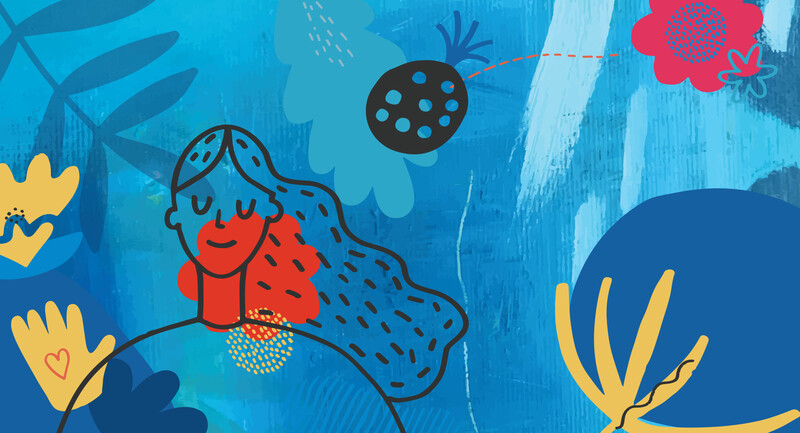To create a classroom where students feel that they belong and that their work is significant, consider the underlying message you send when students first enter the room and look at the walls.
If your room reflects the students in it, should there really be any premade, teacher-store posters on the walls? You know, the ones we take out of the storage box, dust off, and put up in the same spot each year? I don't know about you, but I've never had a student turn to me after reading the poster about missing 100 percent of the shots they didn't take and say, "I needed to read that. I believe and trust in you now. I will now do my best work."
What we do know from education research is that students will do their best work where they feel most comfortable. Many times that's at home, in their room, where they have a say in the decorations and floor plan. Why can't we give students that opportunity in their classrooms? If they spend more time in school for nine and a half months than they do anywhere else, shouldn't the environment put students in the best possible position to succeed?
I wrestled with many of these questions early in my teaching career, as I unpacked my motivational slogan posters and put them in the same spots each fall. What finally changed my mind-set was when some former students came to visit, and said, "The room looks exactly the same as it did when we were in here!" The message I inferred from their comment was, "You haven't changed. You haven't grown." As an educator who prided myself on risk taking, I was embarrassed that students who hadn't been in my room in years remembered exactly what it looked like.
You know what else looks the same each year? Prisons. I didn't want my students to feel that they were trapped in the room each day. How could I have missed that the room needed to reflect growth and change, too?
In the past 14 years, I've learned the importance of trusting students by releasing responsibility for their learning to them as often as possible. That includes involving them in room setup. Now, prior to the beginning of each school year, I hang posters on the walls with questions on them, but nothing else. Examples include "What does independent reading look and sound like?," "What are role models?," and "What are our classroom rules?" When the year begins, we spend time each day discussing these questions, and students take turns adding their responses on sticky notes.
Over time, we create additional posters that anchor how we approach learning (and one another): first we brainstorm and categorize ideas, and then we debate how to word them positively. Instead of stating, "We will not talk or misbehave on the rug," students state, "We will pay attention to the speaker and focus on the task at hand." By the time we get into different academic content areas, students have already learned how to share their thoughts and ideas, disagree respectfully, collaborate with their peers, and compromise during whole-class and small-group discussions about the academic and social environment.
They've also created something together that's theirs. They own it—and what's more powerful than that?
Figure
Would you like to write for the next "Road Tested" column? Visit www.ascd.org/educationupdate for submission details.








